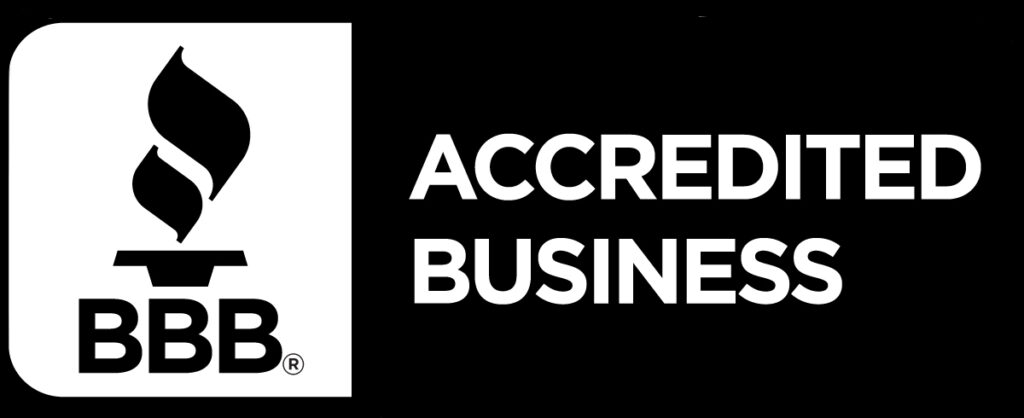Encryption helps protect sensitive data from unauthorized access and ensures that even if data is stolen or hacked, it remains unusable to unauthorized parties.
In S3, encryption is necessary to protect data at rest, meaning data stored in S3 buckets. Without encryption, data is vulnerable to corruption, loss, and unauthorized access. By encrypting data, businesses can help protect their intellectual property, financial information, product information and customer data from being compromised.
There are 4 types of S3 encryption including:
- Server-Side Encryption with Amazon S3-Managed Keys (SSE-S3)
- Server-Side Encryption with Customer-Provided Keys (SSE-C)
- Server-Side Encryption with AWS KMS-Managed Keys (SSE-KMS)
- Client-Side Encryption
SSE-S3 is the default encryption option for Amazon S3, where Amazon manages the encryption keys. SSE-S3 encrypts your data at rest and uses 256-bit Advanced Encryption Standard (AES-256) keys to encrypt and decrypt the data. SSE-S3 is a cost-effective and straightforward option for encrypting data, as it requires no additional setup or management. SSE-S3 is best suited for:
- General-purpose data storage and protection
- Storing data with no compliance or regulatory requirements
SSE-C is an encryption option where the customer provides and manages the encryption keys used to encrypt and decrypt data. With SSE-C, the customer is responsible for generating and securely managing the encryption keys, which Amazon S3 uses to encrypt and decrypt data. SSE-C is best suited for:
- When data needs to be in complete control of the customer
- Regulatory compliance and audit requirements where the customer is responsible for managing encryption keys
SSE-KMS is an encryption option where Amazon S3 uses AWS Key Management Service (KMS) to manage the encryption keys used to encrypt and decrypt data. With SSE-KMS, the customer has control over the key policies, audit logs, and key rotation, but Amazon KMS manages the encryption keys. SSE-KMS is best suited for:
- Meeting regulatory compliance requirements, such as HIPAA
- When the customer needs to control the key policies, audit logs, and key rotation, but not the actual encryption keys
Client-side encryption is an encryption option where the customer encrypts the data locally before uploading it to S3. With client-side encryption, the customer manages the encryption keys, and Amazon S3 has no knowledge of the encryption key used to encrypt the data. Client-side encryption is best suited for:
- When the customer wants complete control over encryption keys and data access
- Data that requires the highest level of security, such as financial data or personal information
Interested in more AWS related services? Check out this article on how AWS Config keeps your AWS account compliant.


